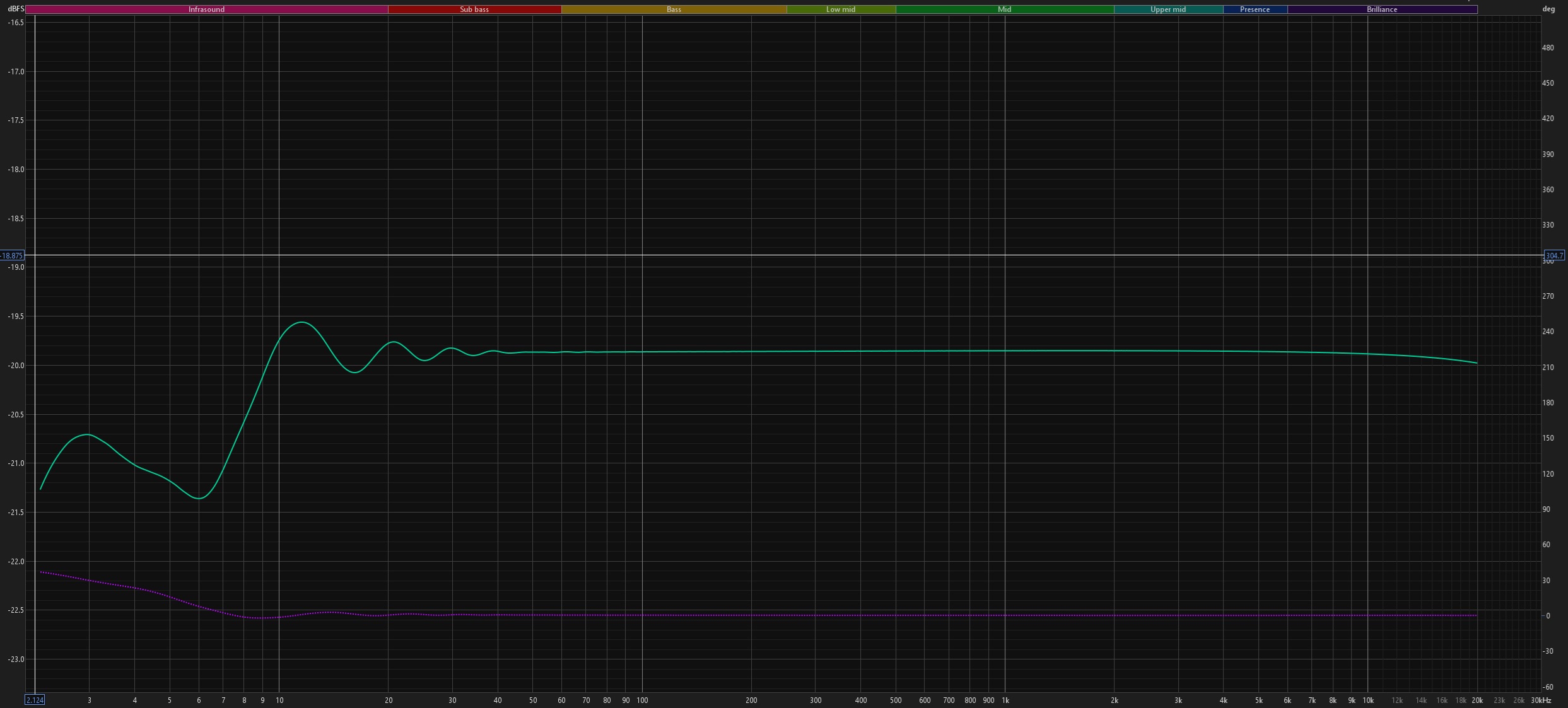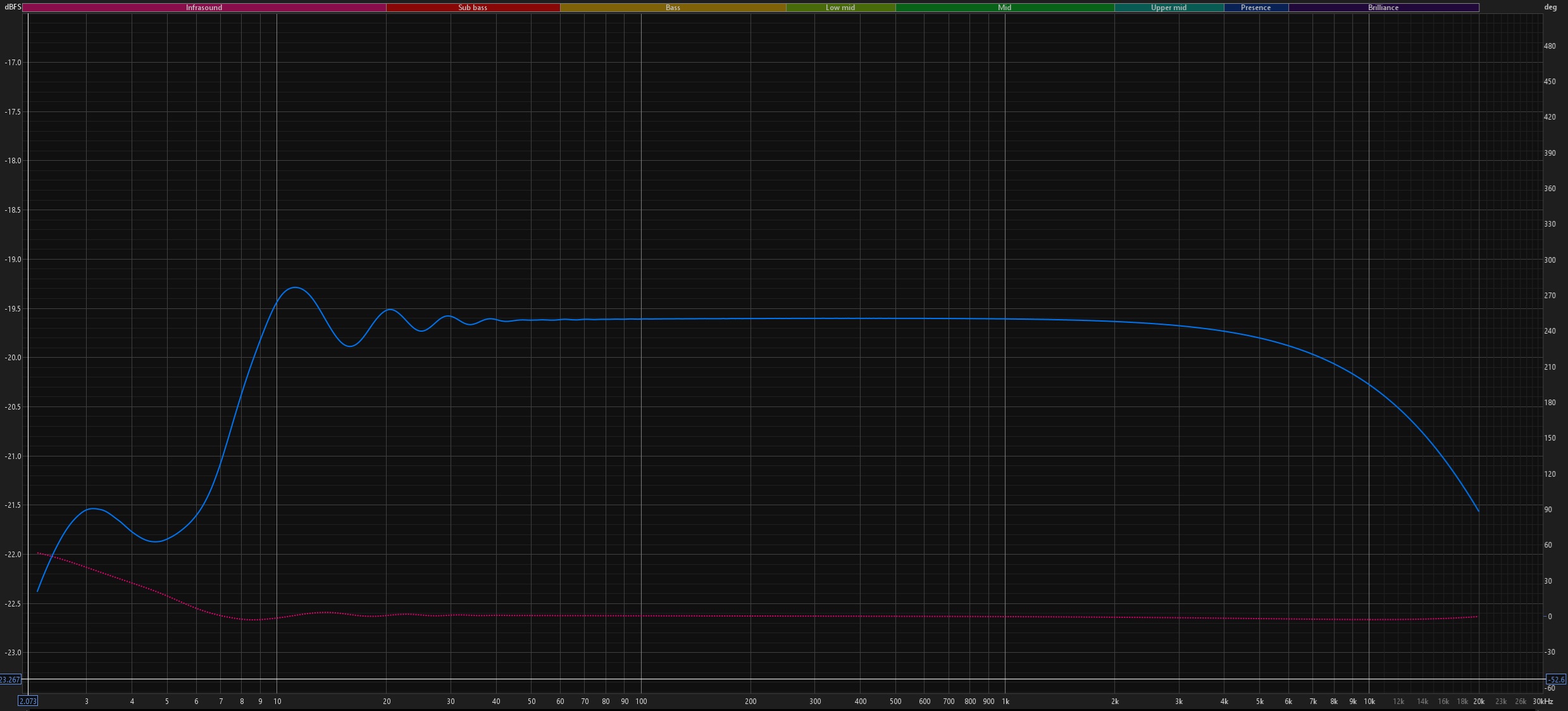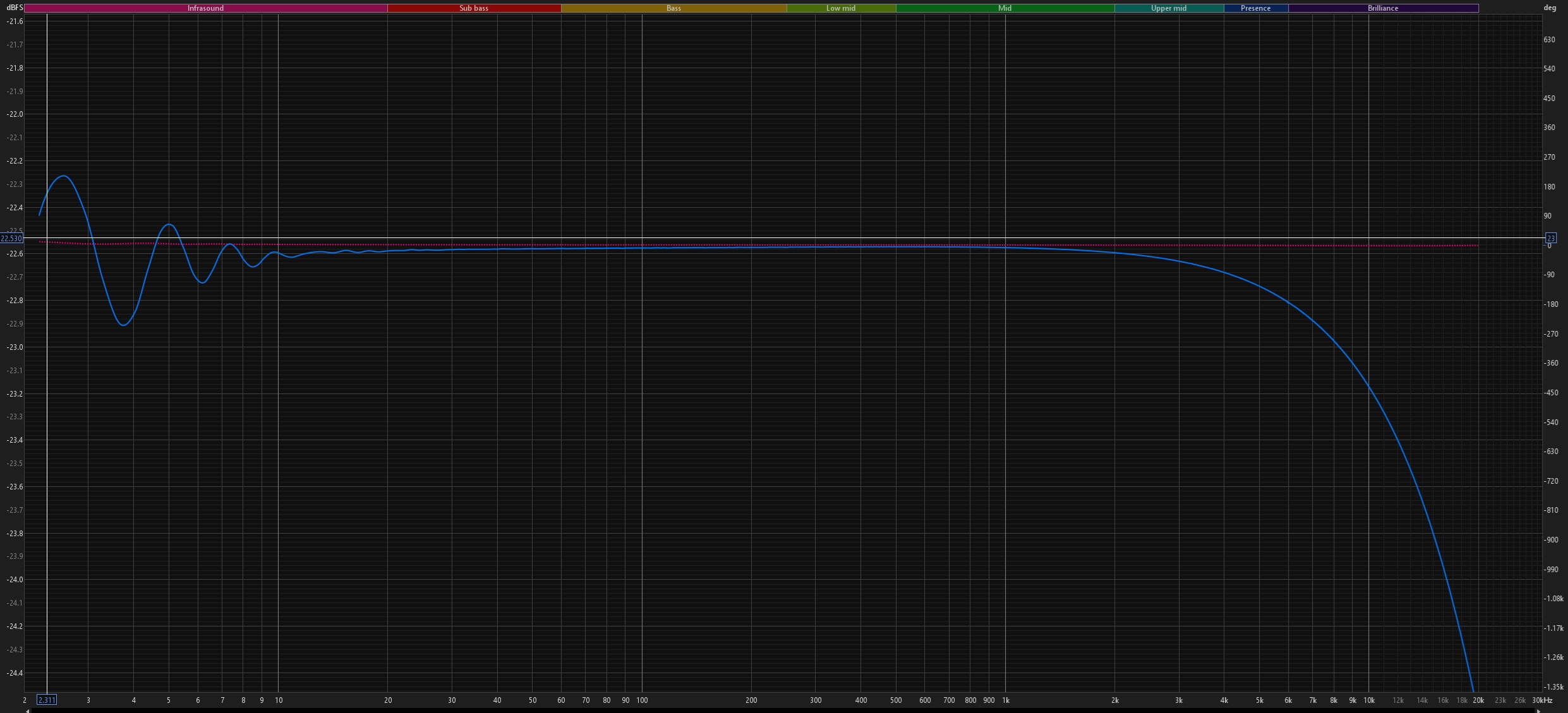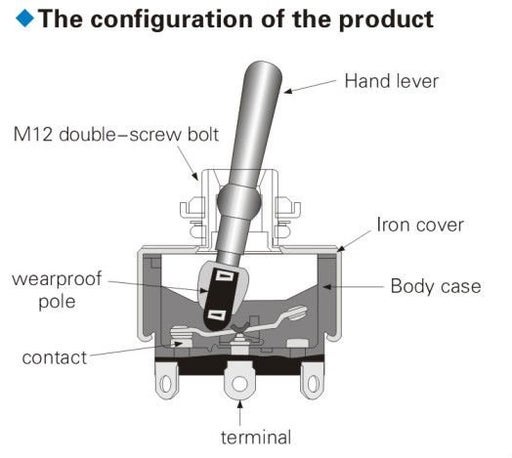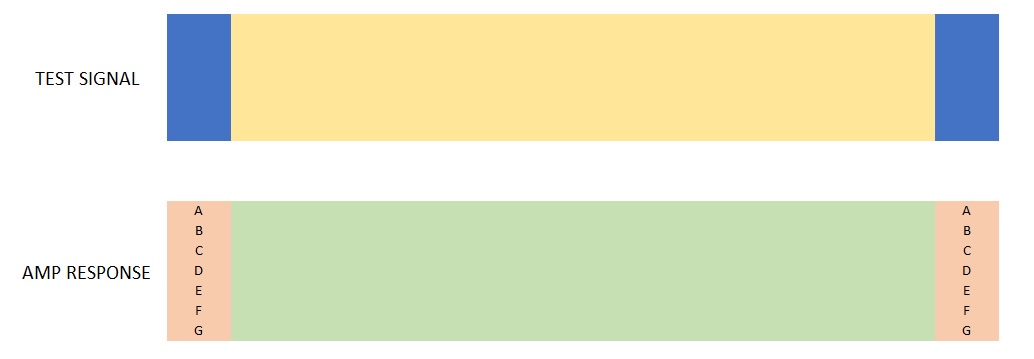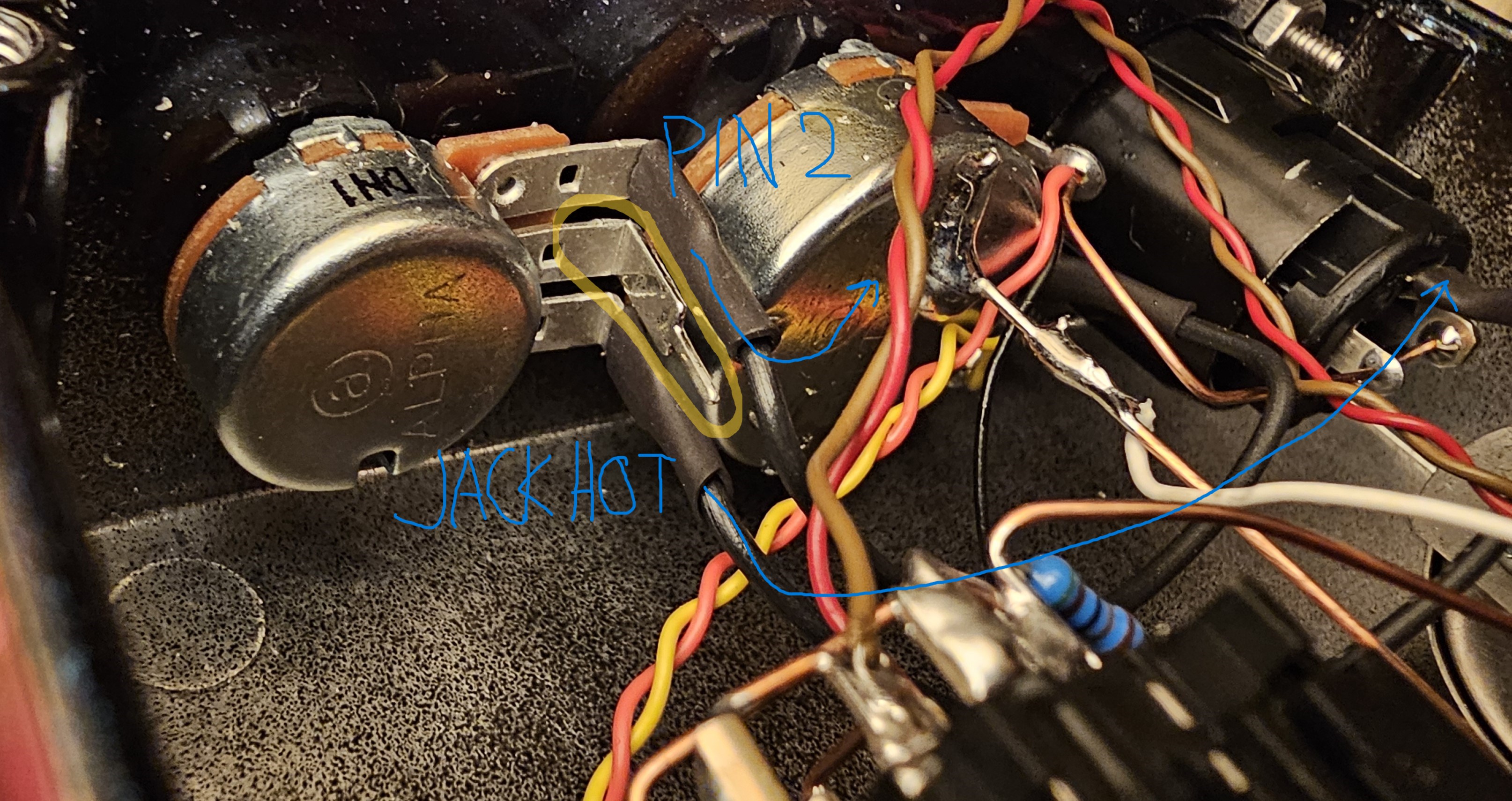Lumberjack
Member
I recently received a finished reamp box centered around the Jensen JT-11P-1 transformer and based on this schematic:
https://www.jensen-transformers.com/wp-content/uploads/2014/08/as092.pdf
Now that I tested it in a recording setup for Neural Amp Modeler (machine learning based capture system for guitar amps/pedals) clips, the NAM trainer informed me that the replication ESR (error number) is 5.41 and usually only 0.01 and less is acceptable. I never had a problem with my way cheaper Palmer reamp box, so I'm a bit stunned to see that a transformer that costs more than the palmer daccapo, is performing this badly.
I can only assume that the transformer itself isn't the problem as it's in a rugged metal housing and the Jensen quality control can't be this bad when it comes to one of their premium transformers.
Can anybody please confirm if the wiring is correct and congruent with the schematic above?
Here's the album with pictures of the internal wiring:
The input jack is a 1/4" TRS/XLR combo connector and the output jack is a TSR locking chassic jack (though it's meant to be used with a TS cable):
https://www.parts-express.com/Neutrik-NJ3FP6C-BAG-1-4-Locking-Chassis-Jack-Black-092-084
Apart from that, there's only the transformer and a ground lift switch.
I have one question in particular regarding the SPDT switch that was used for the ground lift in the schematic above. This is the exact switch in question:
https://www.parts-express.com/SPDT-Mini-Toggle-Switch-060-335?quantity=1
And here's a picture of the switch in my pedal:
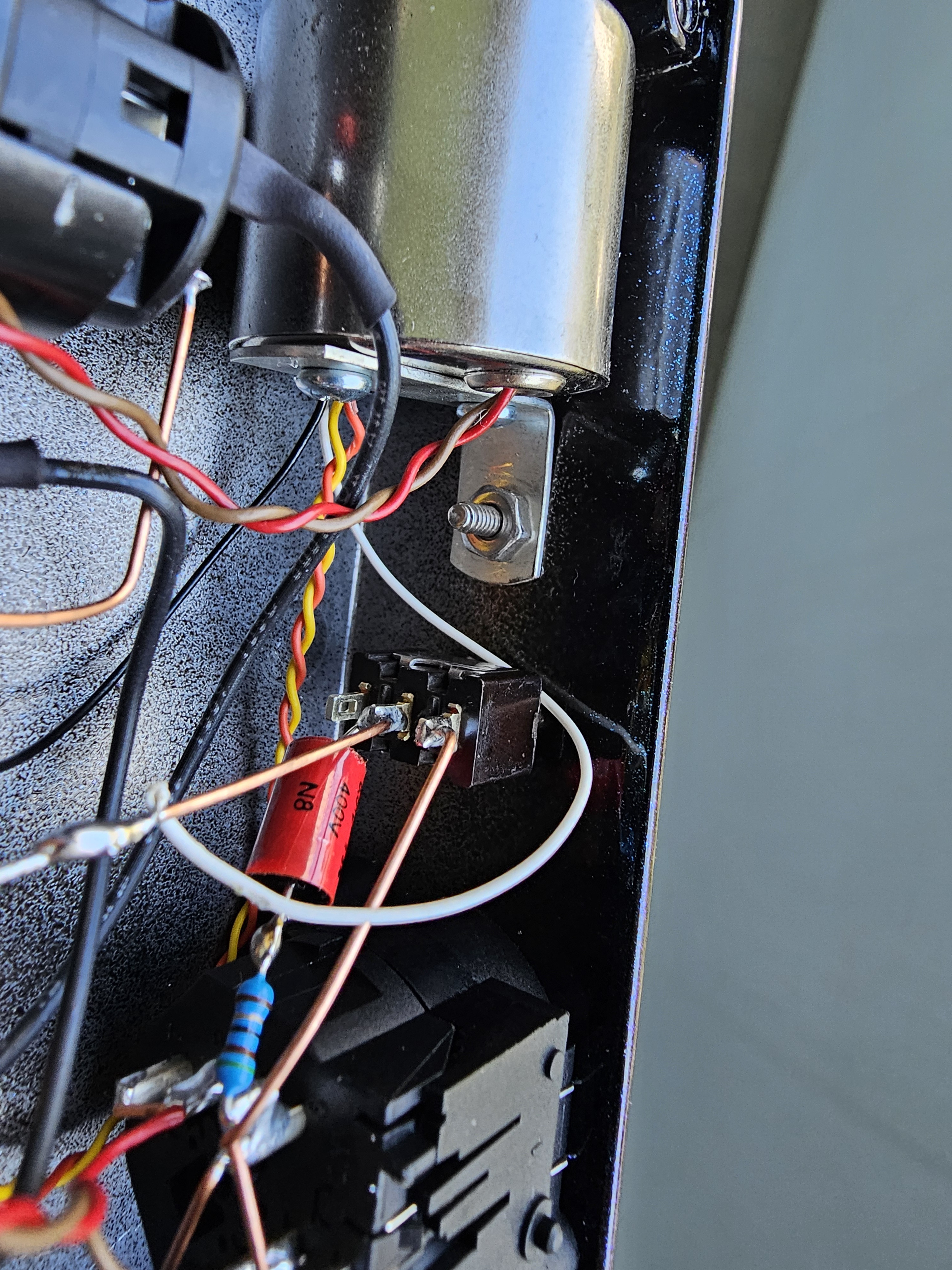
Is the wiring correct on that switch and should the pin that's most closest to the enclosure top remain unused? Is the middle pin that has the RC network connected to it always active no matter if the ground is lifted or not? Is it the wrong switch to begin with for this sort of task?
Is something off with the grounding paths?
I really don't know where this inconsistency might come from... I also did a Null Test against the Palmer and the Palmer performed about 6dB better and its by no means a premium product...
https://www.jensen-transformers.com/wp-content/uploads/2014/08/as092.pdf
Now that I tested it in a recording setup for Neural Amp Modeler (machine learning based capture system for guitar amps/pedals) clips, the NAM trainer informed me that the replication ESR (error number) is 5.41 and usually only 0.01 and less is acceptable. I never had a problem with my way cheaper Palmer reamp box, so I'm a bit stunned to see that a transformer that costs more than the palmer daccapo, is performing this badly.
I can only assume that the transformer itself isn't the problem as it's in a rugged metal housing and the Jensen quality control can't be this bad when it comes to one of their premium transformers.
Can anybody please confirm if the wiring is correct and congruent with the schematic above?
Here's the album with pictures of the internal wiring:
The input jack is a 1/4" TRS/XLR combo connector and the output jack is a TSR locking chassic jack (though it's meant to be used with a TS cable):
https://www.parts-express.com/Neutrik-NJ3FP6C-BAG-1-4-Locking-Chassis-Jack-Black-092-084
Apart from that, there's only the transformer and a ground lift switch.
I have one question in particular regarding the SPDT switch that was used for the ground lift in the schematic above. This is the exact switch in question:
https://www.parts-express.com/SPDT-Mini-Toggle-Switch-060-335?quantity=1
And here's a picture of the switch in my pedal:

Is the wiring correct on that switch and should the pin that's most closest to the enclosure top remain unused? Is the middle pin that has the RC network connected to it always active no matter if the ground is lifted or not? Is it the wrong switch to begin with for this sort of task?
Is something off with the grounding paths?
I really don't know where this inconsistency might come from... I also did a Null Test against the Palmer and the Palmer performed about 6dB better and its by no means a premium product...



